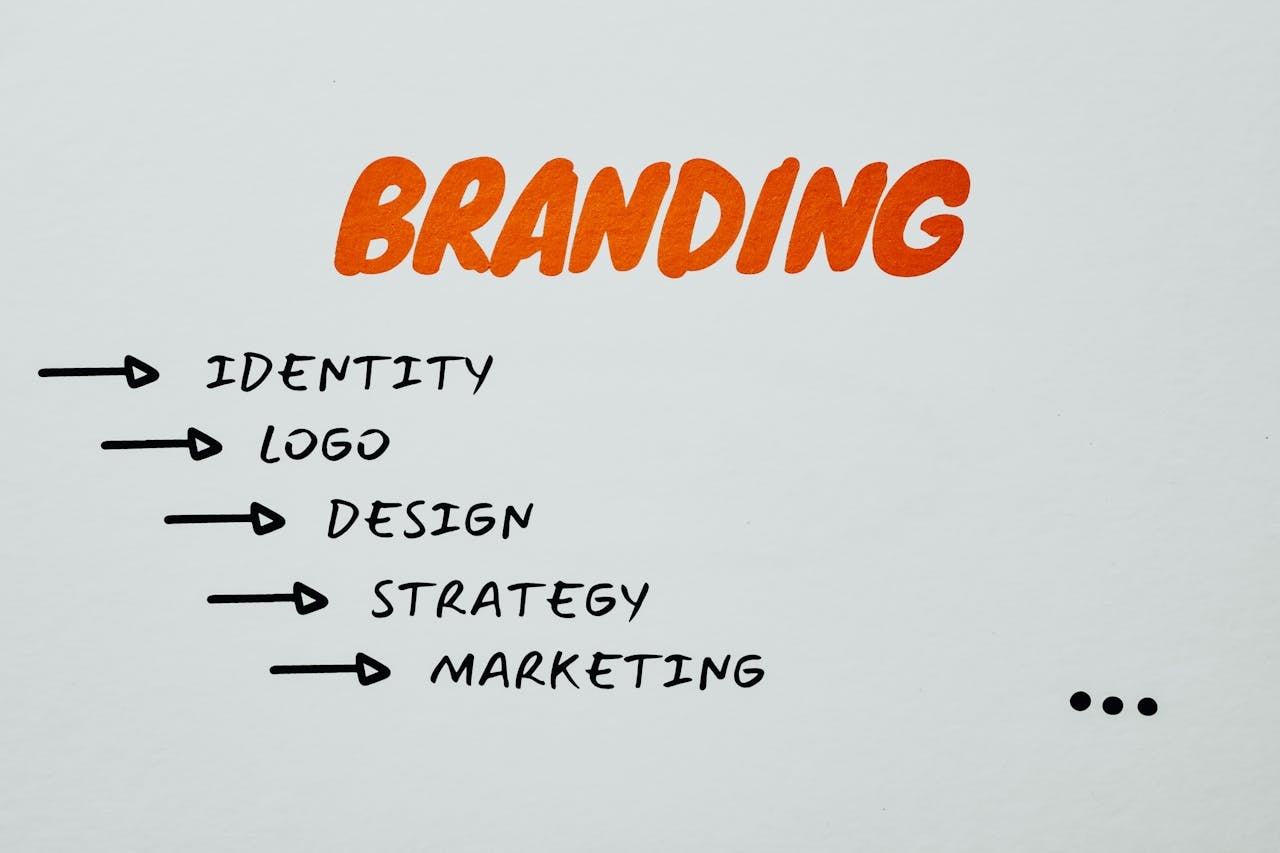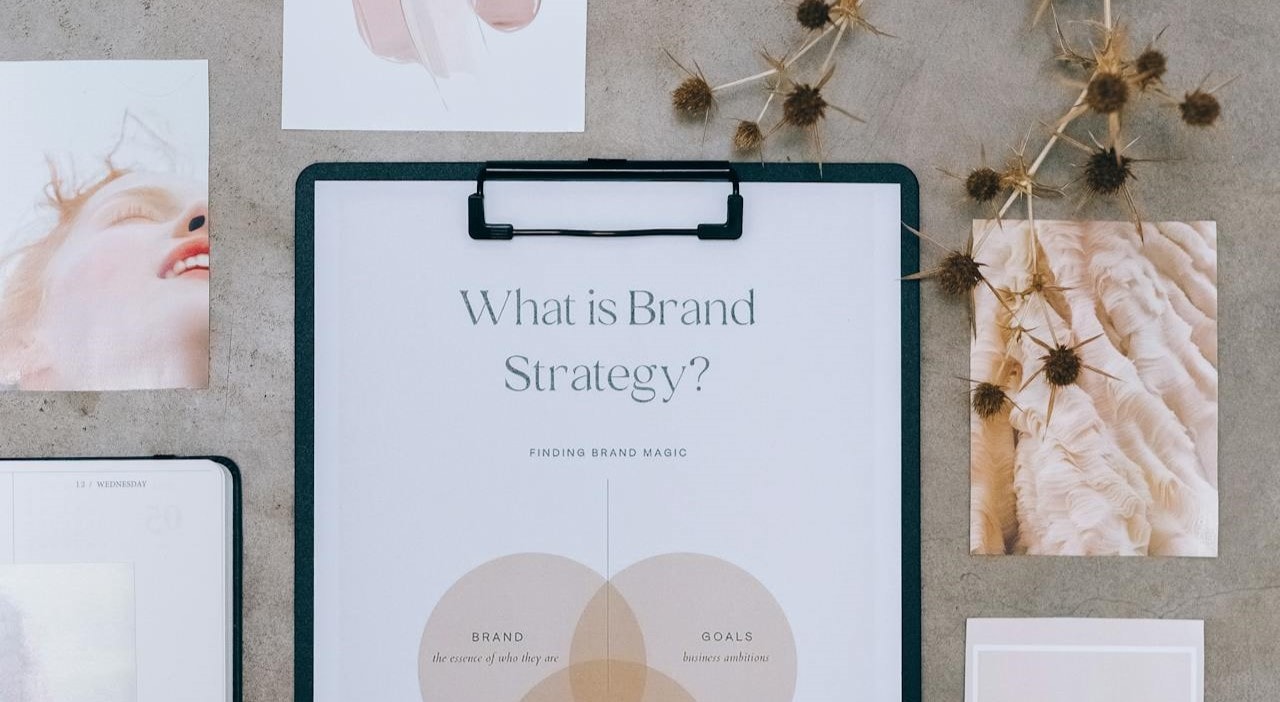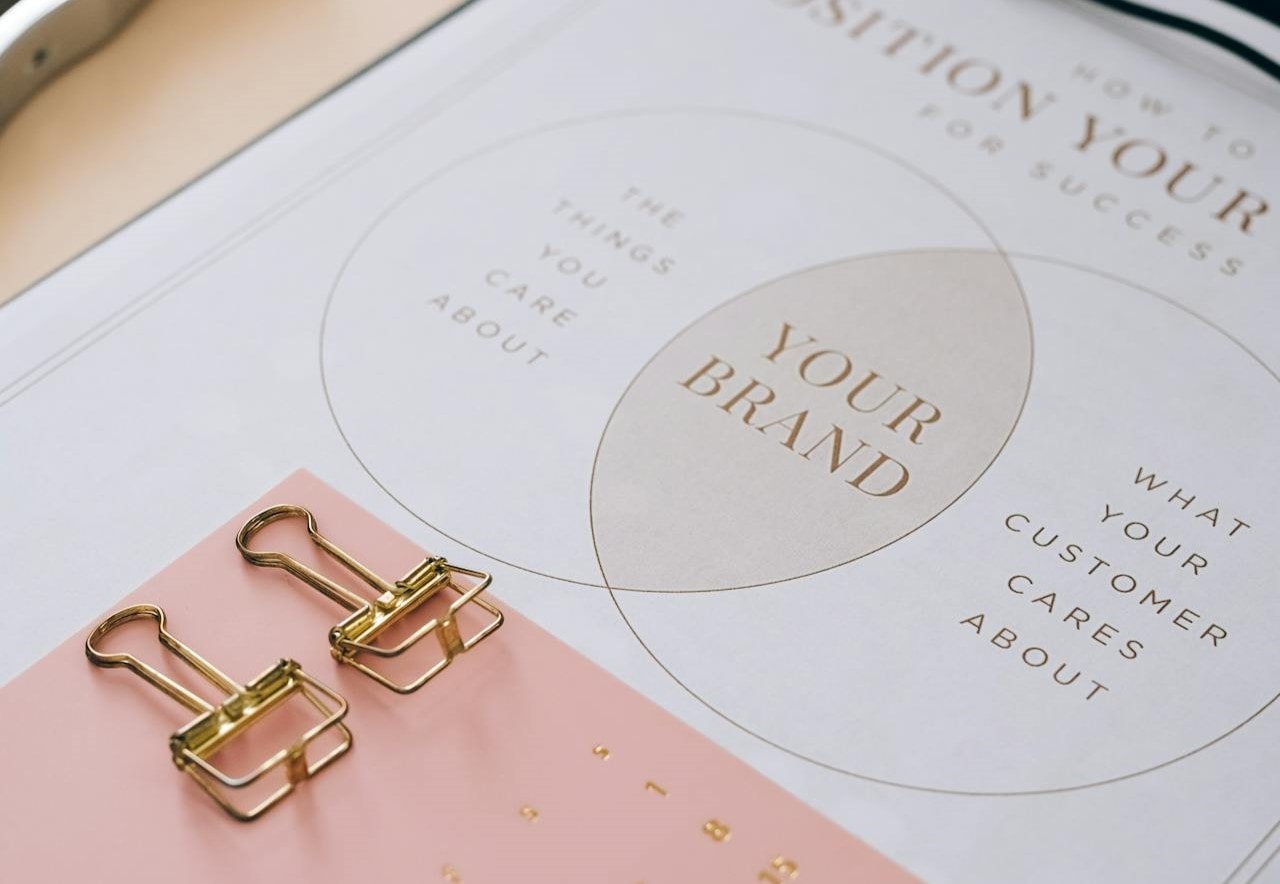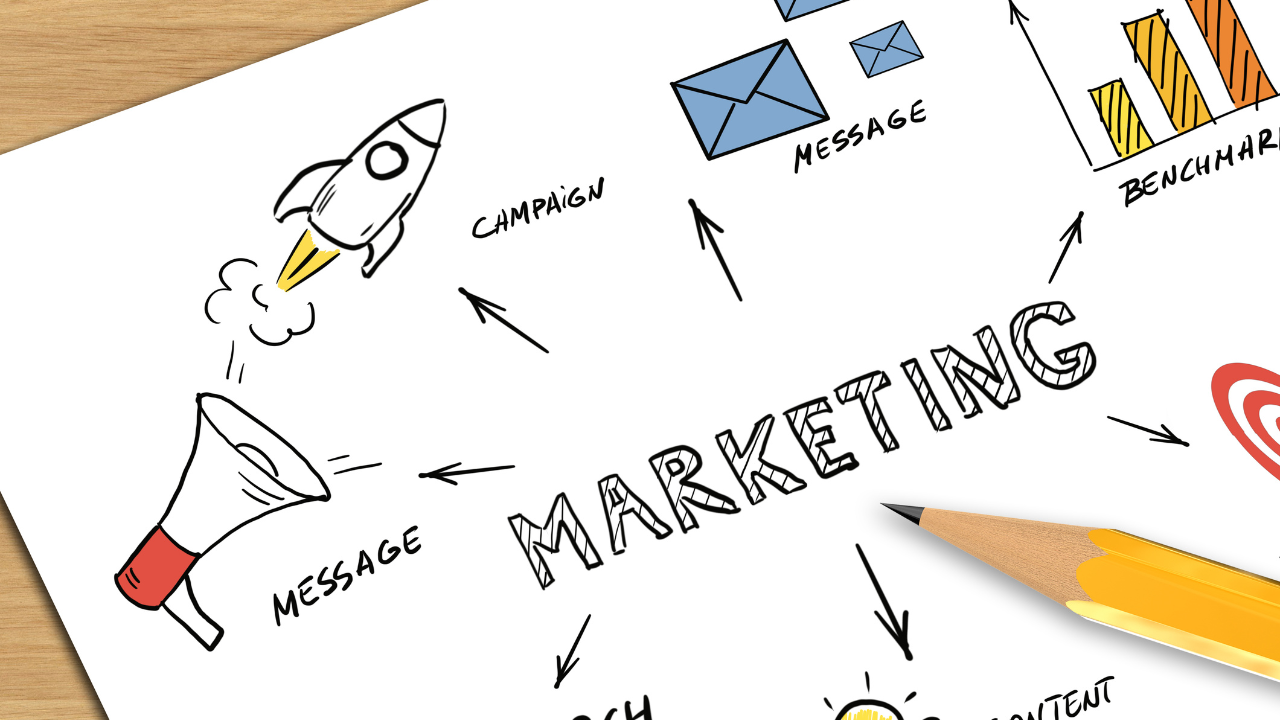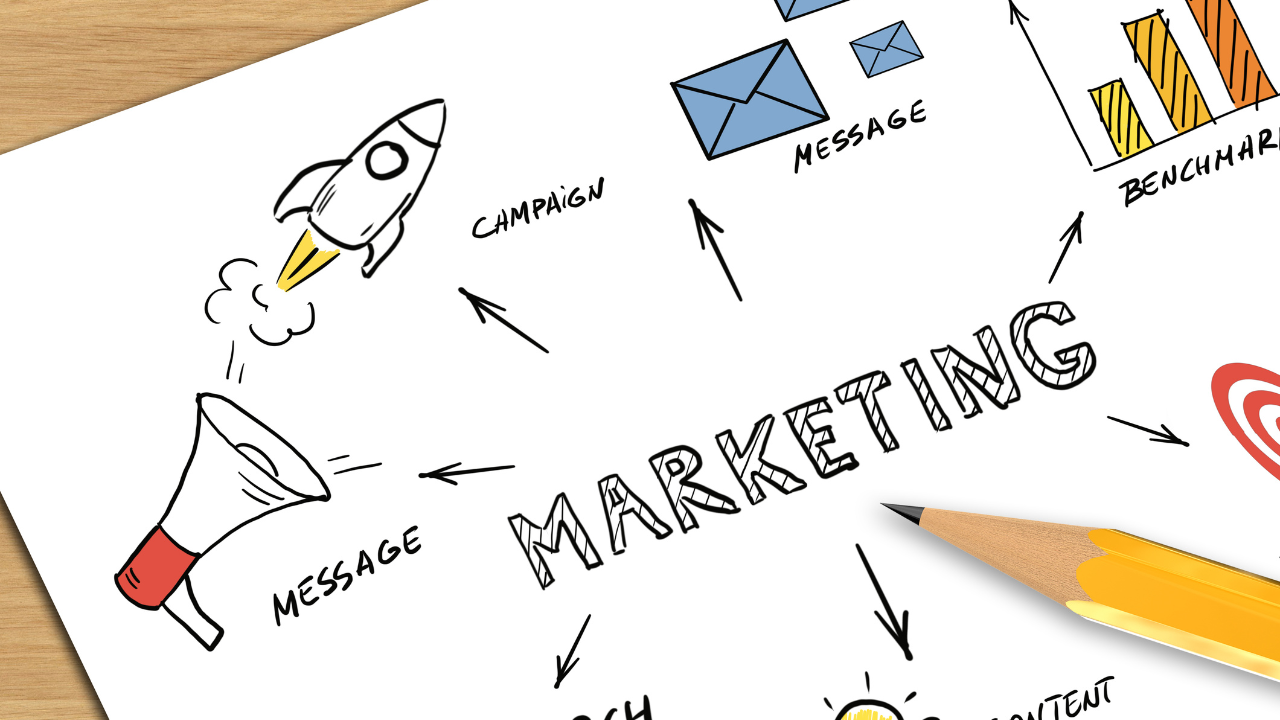In today’s competitive digital landscape, a strong brand identity is the foundation for success. Whether you’re a small business owner or a large corporation in Australia, a well-crafted brand identity sets you apart, builds trust with your target audience, and fosters customer loyalty. But what exactly is brand identity development, and why is it crucial? This comprehensive guide will explore every element of building a successful brand, ensuring your business thrives in a crowded market.
Let’s build a memorable brand image together!
“Your brand is what other people say about you when you’re not in the room.”
— Jeff Bezos, Founder of Amazon
What Is Brand Identity Development?
Brand identity development is the process of creating and managing brand identity strong a cohesive set of elements that define your brand’s visual, verbal, and emotional aspects. It includes everything from your brand’s visual identity—like logos, colours, and typography—to your brand voice, brand messaging, and even your brand values. These elements come together to form your brand’s identity, shaping how your business is perceived in the marketplace.
At its core, good brand identity design is about making a lasting impression. It helps businesses communicate their core values, connect emotionally with their audience, and differentiate themselves from competitors.
Why Is a Strong Brand Identity Crucial for Success?
A strong brand identity plays a pivotal role in a business’s growth and success. It not only enhances your brand recognition but also builds a loyal customer base. Here’s why you should prioritise your brand identity development:
Enhances Brand Recognition
Your brand’s visual identity, including your new logo, colour palette, and other design elements, helps your audience instantly recognise your brand stand your business. Consistency in these elements across various marketing materials and social media platforms ensures a memorable visual identity.
Builds Trust and Credibility
A well-defined brand’s identity signals professionalism and reliability. When your branding efforts reflect consistency and quality, your audience is more likely to trust you. Trust in brand proposition is a key driver of customer loyalty and long-term success.
Differentiates You in a Crowded Market
In today’s competitive business environment, standing out is more important than ever. A unique brand identity helps you carve out a distinct space in your industry. By highlighting your brand’s values and brand’s brand personality, you create a cohesive brand image that sets you apart.
Fosters Emotional Connection
A strong brand resonates emotionally with its audience. Through thoughtful brand messaging and a consistent brand voice, you can forge deep connections with your customers. This emotional bond often translates into lifelong fans and advocates for your brand.
Drives Customer Loyalty
A cohesive and successful brand encourages repeat business. When customers feel aligned with your brand essence and enjoy a cohesive brand experience, they are more likely to become loyal customers.
Key Components of a Strong Brand Identity
To create a strong brand identity, you need to focus on several core elements. Each component plays a vital role in shaping your business’s overall brand image, and how it communicates with its audience.
Logo Design
Your logo is the face of your brand. It’s often the first thing people notice, and it should encapsulate your brand’s commitment to its mission and values. A well-designed logo should be simple, memorable, and versatile enough to work across all platforms and mediums.
Colour Palette
Colours evoke emotions and influence perception. A carefully chosen colour palette can convey your brand’s values and personality. For example, blue is commonly linked to trust and professionalism, whereas red is often associated with energy and passion.
Typography
Typography sets the tone for your brand messaging. The fonts you choose can also communicate effectively whether your brand is modern, traditional, playful, or serious. Consistent typography across all marketing materials enhances your brand recognition.
Imagery and Graphics
High-quality images and graphics are crucial for creating a cohesive brand image. These visual elements should align with your brand story and support your business’s identity and overall brand strategy.
Brand Voice and Messaging
Your brand voice reflects your brand’s personality. It dictates how you communicate with your audience—whether through a formal tone or a more conversational approach. A consistent brand voice helps reinforce your brand’s unique identity and builds an emotional connection with your audience.
Brand Guidelines
A comprehensive set of brand guidelines ensures consistency in your branding efforts. These guidelines serve as a blueprint for how your brand assets—like your logo, colours, and tone of voice—should be used across different platforms.
Brand Strategy and Positioning
Your brand strategy outlines your brand’s mission, vision, and values, while your brand positioning defines how you want to be perceived in relation to your competitors. Together, these elements form the solid foundation of your overall brand strategy.
Steps to Develop a Unique and Cohesive Brand Identity
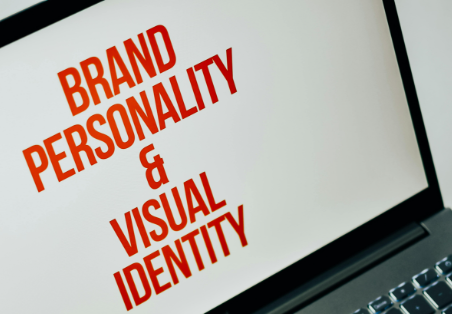
Creating a unique brand identity requires careful planning and execution. Here’s a step-by-step guide to help you develop a new brand identity that resonates with your target market.
1. Conduct a Competitive Analysis
Start by evaluating your competitors. Analyse their branding efforts to identify strengths, weaknesses, and gaps in the market. This will provide valuable insights into how you can differentiate your brand.
2. Define Your Core Identity
Establish your brand stands core identity by defining your core values, mission, and vision. These elements will guide your branding efforts and ensure consistency in your messaging and visuals.
3. Develop Your Visual Identity
Work with a professional graphic designer to create your new logo, colour palette, typography, and other key design elements. These elements should reflect your brand’s values and appeal to your target audience.
4. Establish Your Brand Voice
Choose a tone that aligns with your brand’s personality and resonates with your audience. Whether you opt for a formal, professional tone or a more casual, conversational approach, consistency is key.
5. Create Comprehensive Brand Guidelines
Document your brand’s visual identity and voice in a detailed style guide. This ensures everyone on your team understands how to use your brand assets consistently across all channels.
6. Test and Refine with Focus Groups
Gather feedback from focus groups to ensure your branding elements resonate with your potential customers. Use their feedback to refine your brand identity design and ensure it aligns with your audience’s expectations.
7. Implement and Monitor
Roll out your new brand identity across all platforms, from your website to your social media platforms. Monitor its performance and regularly evaluate its effectiveness to ensure it continues to meet your business goals.
Common Mistakes to Avoid in Brand Identity Development
Even the most well-intentioned branding efforts can miss the mark. A misstep in developing your brand identity not only confuses your audience but can also damage your reputation and cost you customers. Below are some of the most common mistakes businesses make during the brand identity development process, along with real-world examples of how these mistakes have played out.
Inconsistent Branding
Consistency is key to building a cohesive brand and customer experience. When your branding is inconsistent—whether it’s through mismatched logos, fluctuating colour schemes, or varying tones of voice—it creates confusion for your audience. Customers need to feel they’re interacting with one brand no matter the platform or medium.
Example: Gap’s Logo Redesign (2010)
In 2010, Gap, a well-established retail giant, decided to change its iconic logo without any prior warning. The new logo featured a simpler font and a small gradient box, which was a stark departure from the bold, classic logo customers had come to associate with the brand. The inconsistency in branding confused and alienated loyal customers, leading to widespread backlash on social media. Within just six days, Gap reverted to its original logo.
This Gap rebranding fiasco highlighted the importance of maintaining a consistent visual identity that aligns with customer expectations. It also underscored the dangers of making sudden changes without involving or informing the target audience.
Overlooking Customer Feedback
Your customers are an invaluable source of insights. They experience other aspects of your brand firsthand and can offer perspectives on what’s working and what isn’t. Ignoring this feedback can lead to branding that feels out of touch, ultimately affecting your brand loyalty and overall reputation.
Example: New Coke (1985)
In the mid-1980s, Coca-Cola attempted to replace its original formula with a sweeter version, launching it as “New Coke.” The company overlooked initial customer feedback, which showed a strong emotional attachment to the original formula. When the product hit shelves, the backlash was immediate and intense, with loyal customers demanding the return of the classic Coke.
Within just a few months, Coca-Cola brought back its original formula as “Coca-Cola Classic.” This incident became a lesson in listening to customers and understanding their emotional connection to your brand essence.
Overcomplicating Your Visual Identity
While creativity and innovation are vital in building a memorable visual identity, simplicity often wins in the long run. Overly complex designs can confuse your audience, dilute your brand’s essence, and make it harder for people to associate other visual elements together with your brand.
Example: Tropicana’s Packaging Redesign (2009)
Tropicana, a leading juice brand, decided to redesign its packaging in 2009. The new design featured a minimalist look, replacing the iconic orange with a straw image and significantly altering the typography. While the company aimed for a modern and sleek appearance, the redesign failed to resonate with its customers. Sales plummeted by 20% within just two months, resulting in a $30 million loss.
Customers found the new packaging unrecognisable and difficult to differentiate from competitors. Tropicana quickly reverted to its original design, proving that simplicity and familiarity often outperform complex, drastic changes.
Additional Mistakes to Avoid
Neglecting Emotional Connection
Brands that fail to establish an emotional connection with their audience risk losing relevance. Customers want to feel aligned with a brand’s values and purpose. Without this connection, your brand becomes just another product in the marketplace.
Example: Pepsi’s Kendall Jenner Ad (2017)
Pepsi’s 2017 advertisement featuring Kendall Jenner was widely criticised for trivialising social justice movements. The ad attempted to convey a message of unity and peace but came across as tone-deaf and out of touch. The backlash forced Pepsi to pull the ad and issue a public apology, demonstrating the risks of failing to understand your target audience and their emotional connection to current issues.
Skipping Brand Guidelines
Without detailed brand guidelines, it’s easy for teams to go off course. Guidelines provide a roadmap for maintaining consistency in tone, visuals, and messaging across all platforms. Skipping this step often leads to a disjointed brand experience.
Example: American Airlines Rebrand (2013)
When American Airlines rebranded in 2013, they rolled out a new logo and livery but failed to establish clear brand guidelines for internal teams. As a result, the new branding was inconsistently applied across different touchpoints, from signage to digital platforms. This inconsistency weakened the brand’s impact and caused confusion for passengers.
How to Avoid These Pitfalls
- Maintain Consistency: Ensure that all visual and verbal elements align with your brand’s core identity. Regular audits of your branding across platforms can help identify and fix inconsistencies.
- Listen to Customer Feedback: Use tools like surveys, social media monitoring, and focus groups to gather insights from your audience. Incorporate this feedback into your branding decisions.
- Keep It Simple: Aim for clarity and simplicity in your visual identity. A clean, straightforward design is often more effective and memorable.
- Develop Comprehensive Brand Guidelines: Document your brand’s core elements to ensure everyone on your team is aligned. This helps maintain a cohesive brand identity across all touchpoints.
- Test Before Launching: Always test new branding elements with a segment of your audience before fully implementing them. This can help you avoid costly mistakes and ensure your updates resonate positively.
By learning from these real-world examples, you can avoid common pitfalls and create a strong brand identity that stands the test of time.
Remember, branding is not just about looking good—it’s about creating a meaningful and lasting connection with your audience.
How Piri Piri Marketing Hub Can Help You Build a Successful Brand Identity
At Piri Piri Marketing Hub, we specialise in helping Australian businesses develop strong brand identities that resonate with their audience. Our team of brand strategists and designers is dedicated to creating a cohesive brand identity that supports your business goals. We also have a full list of digital marketing services to help you ramp up your business.
Why Partner with Us?
- Customised Solutions: We tailor our approach to meet your unique needs.
- Experienced Team: Our experts bring years of experience in brand identity development and digital presence.
- Proven Track Record: We’ve helped businesses across Australia achieve their branding goals, from startups to established enterprises.
Our Services
- Brand Identity Design
- Visual Identity Development
- Comprehensive Brand Guidelines
- Brand Strategy and Positioning
Conclusion: Build a Brand Identity That Lasts
A strong brand identity services is essential for any business looking to thrive in today’s competitive market. By focusing on the core elements of your brand’s identity, you can build a unique brand personality that not only looks great but also resonates deeply with your audience.
At Piri Piri Marketing Hub, we’re here to help you craft a unique brand identity that tells your story and drives your success. Contact us today to get started on building create a brand identity that stands out and connects with your target audience.


